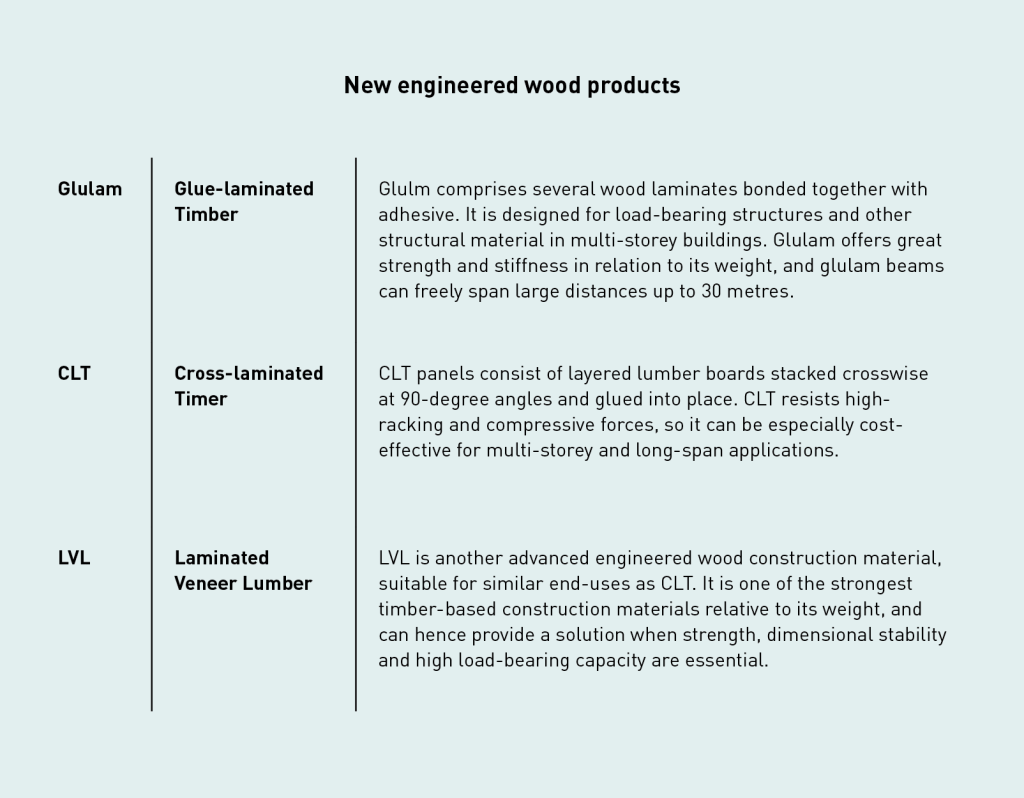An (im)practical example
Matthew Cridland, a tax lawyer and Partner at K&L Gates provided an example of how build-to-rent taxes would rack up in New South Wales.
Firstly, duty applies at a premium of 7% for vacant land purchases above $3 million. If the party acquiring the land is foreign, an 8% ‘Surcharge Purchaser Duty’ also applies, lifting the total duty to 15%.
An MIT is considered a ‘foreign person’ if an overseas company holds a 20% or more interest. On a $20 million vacant residential development site, total duty costs – including premium rate and surcharges – would be $2,940,490, or 14.5%
NSW also imposes a land tax surcharge of 2% on residential land owned by a foreign person, wherein no thresholds apply. Australian-based, foreign-owned developers are exempt from these surcharges, but only if they are developing new homes or residential lots for sale. The exemptions do not apply to foreign institutional investment in new residential developments which will be held for lease – regardless of the economic benefits such projects may provide.
Beyond the aforementioned surcharges, the existing land tax rules also work against institutional investment. In NSW, a premium land tax of 2% is applied to a site with an unimproved land value above $4,231,000. As such, for build-to-rent projects, it is reasonable to anticipate the 2% tax will be applicable.
For an unimproved $20 million development site, land tax would be $372,104. Surcharges would likely increase this by $400,000 to $772,104. However, unlike duty, this is an annual expense that varies as land values fluctuate.
By this point in the example, it should come as no surprise that GST also works against the build-to-rent sector. For a build-to-rent project involving total costs of $110 million, no credit is available for the $10 million of GST. However, an identical project, differing only through the intention to sell rather than lease upon completion, would allow the developer to claim a $10 million credit and have a net cost of $100 million.
These surcharges and taxes may vary on a state level, but the impact they have, in addition to the 30% withholding tax rate, means the sector faces substantial headwinds.















